Alan Titchmarsh: The secrets of my wildflower meadow
It's been 10 years in the making, but Alan Titchmarsh's wildflower meadow is now full of life, colour and needs next to no maintenance.
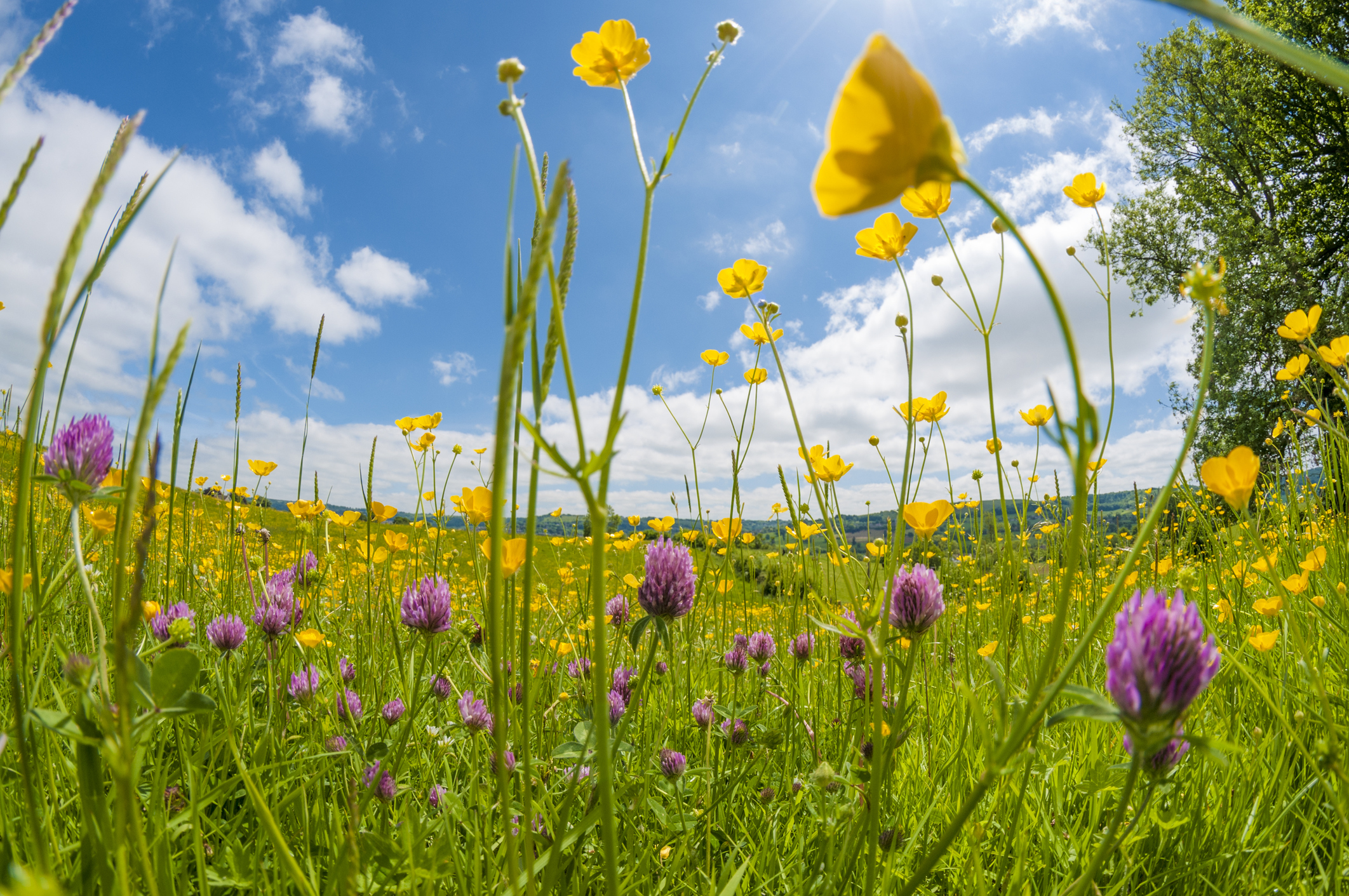

You might imagine that, thanks to my plea a few weeks ago on these pages for exotic garden plants to be recognised for their valuable contribution to biodiversity in our gardens and their value to wildlife in spite of their country of origin, I have little time for our native wildflowers.
Nothing could be further from the truth.
My love affair with Geoffrey Grigson’s The Englishman’s Flora began when I was at junior school and I still cherish the rough-paper scrap album of pressed and dried wildflowers that my mum and I put together when I was eight or nine — each one identified in my spidery hand-writing with my very first fountain pen. Between the pages of my album are sheets of tissue paper that were, in the 1950s, wrapped around our weekly loaf of bread.
Today, when the spring hedgerows are awash with cow parsley and herb robert, cuckoo pint and lesser celandine, I am transported back to those childhood days of eagle-eyed visits to the woods, the moors and the riverside of my childhood, when the details of Nature’s riches were first vouchsafed to me by The Observer’s Book of Wild Flowers. ‘Have we got that one?’ ‘What is it?’ ‘Is it rare?’
Fast forward 65 years and I now preside over my own wildflower meadow: two acres of it, sown by hand more than 10 years ago. We bought two acres of land from the neighbouring farmer, had it harrowed and I then sowed a mixture recommended to me by the wildflower-seed specialist Emorsgate as being suitable for our chalk downland.
Read up about what you are supposed to do with a piece of land before you sow a wildflower meadow and you will discover recommendations to remove all the topsoil before you sow. It will be too rich, they say. Remove it? From two acres? And what do I do with it? Topsoil is, to a gardener, sacred. The prospect of having it carted away seemed unconscionable. I kept it and sowed directly onto the surface of the harrowed ground in October. This is the best time of year to sow, as the seed will be vernalised — repeatedly frozen and thawed — during the winter, which will more effectively trigger germination than if the seed were sown in spring. Well, it was, and it did, and my meadow is now a wonder to behold.
Mine is a perennial meadow, rather than the annual kind, which is more spectacularly colourful with its scarlet corn poppies, yellow corn marigolds and blue cornflowers. Annual meadows need the earth supporting them to be cultivated each autumn in order to trigger seed germination and reduce grass competition.
Sign up for the Country Life Newsletter
Exquisite houses, the beauty of Nature, and how to get the most from your life, straight to your inbox.
"We now have 73 pyramidal orchids. Last year we had only a dozen"
My perennial meadow is not cultivated at all. The only care it requires (apart from the weekly or fortnightly mowing of rides and pathways) is an annual cutting, which we undertake in early September when the ripened seed has fallen and the ground is still hard enough to take the flail mower without turning to mud. It is vital that the ‘hay’ is removed. If clods of cut grass and herbage are left on the ground they will kill patches of the wildflower turf, which is what my meadow has become.
In order to weaken the grasses within the mixture, we added yellow rattle seeds. This is a partially parasitic plant that feeds on grass roots and thus reduces their vigour. You can scatter it over the newly mown meadow in September or October. The seed needs to be fresh to germinate well.
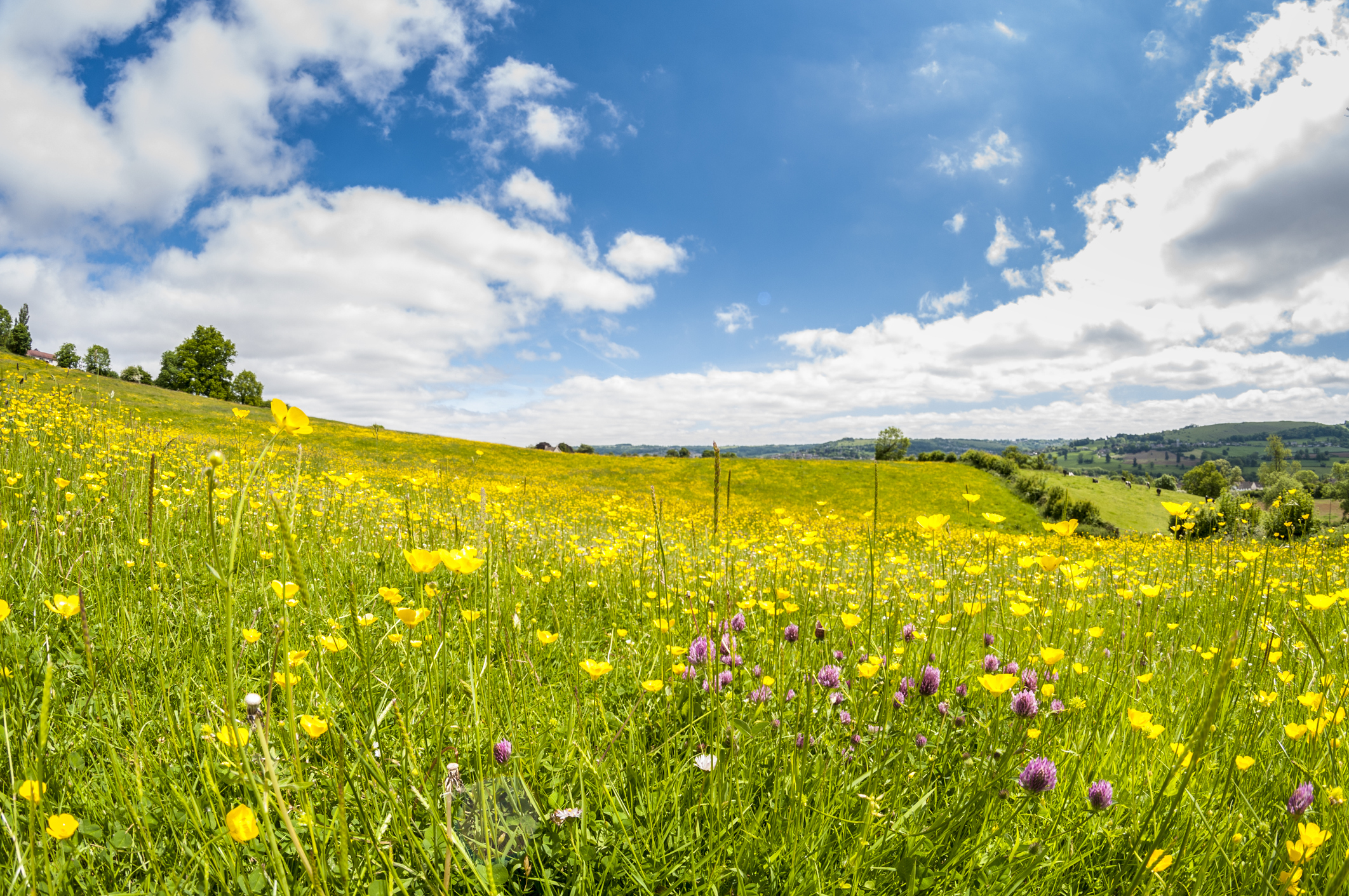
The greatest delight over the decade since we sowed is seeing the annual change in the make-up of the flora, not only through the seasons, but also through the years. The field scabious that was so prominent last year, for instance, is much less evident this year, but we now have 73 pyramidal orchids, whereas, last year, we had only a dozen.
The season begins in late March and April with a rash of cowslips, to be followed by buttercups and ox-eye daisies, vetches, knapweeds and assorted bedstraws. It draws to a close in August and September with a purple haze of marjoram. Different soil types will produce a different mixture of plants and it is vital that the right mix is chosen for any particular situation — acid or alkaline, dry or damp. Work with Nature, rather than against her and you will be astonished how easy a wildflower meadow is to manage and how life enhancing is a walk through a sun-drenched meadow abuzz with bees and butterflies.
Alan Titchmarsh’s book The Gardener’s Almanac is out now.
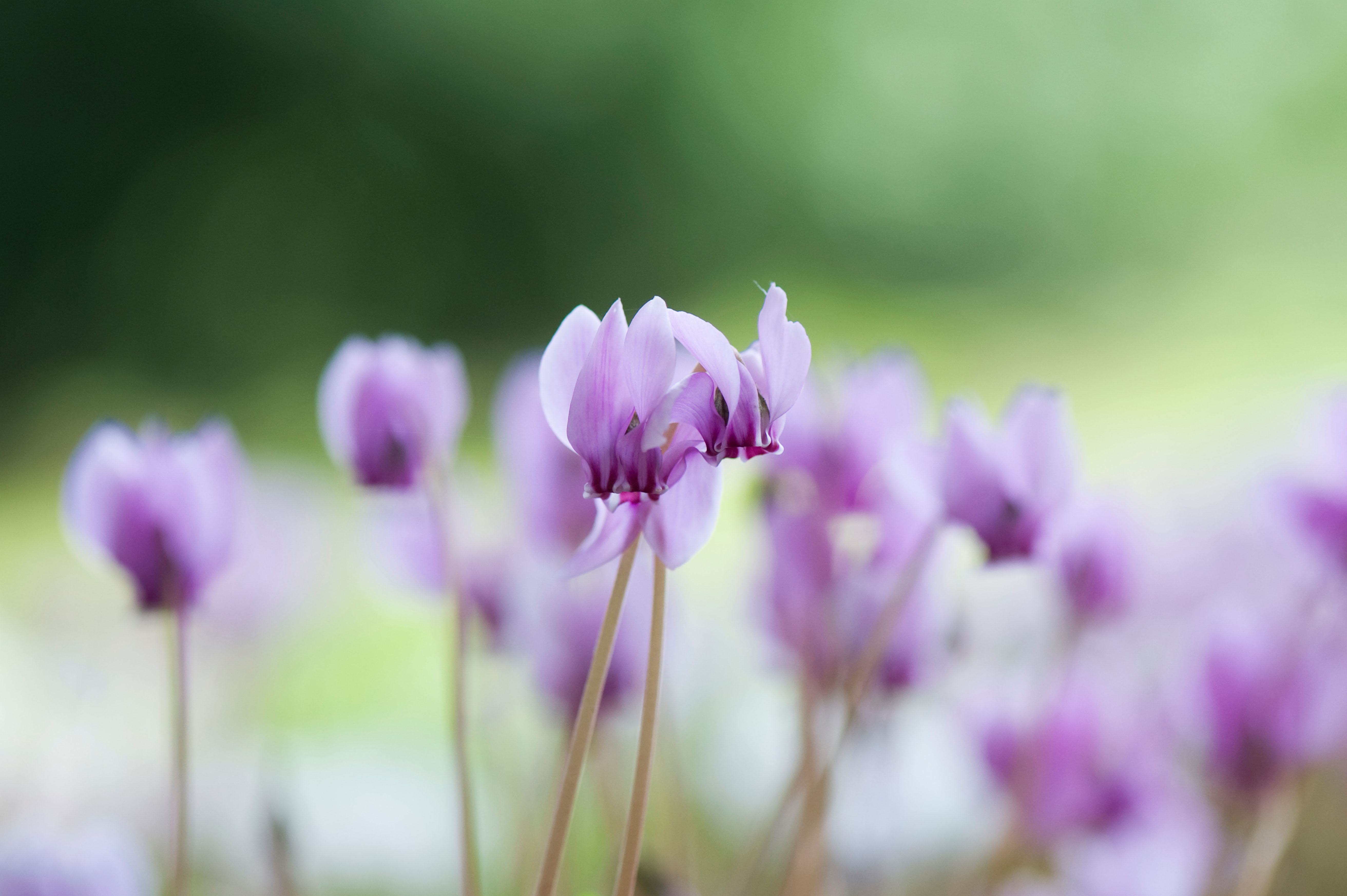
Alan Titchmarsh: How to plant late blooming flowers that will make your garden glow through the winter
The gardener, writer and broadcaster Alan Titchmarsh shares his tips on the flowers which make gardening at this time of
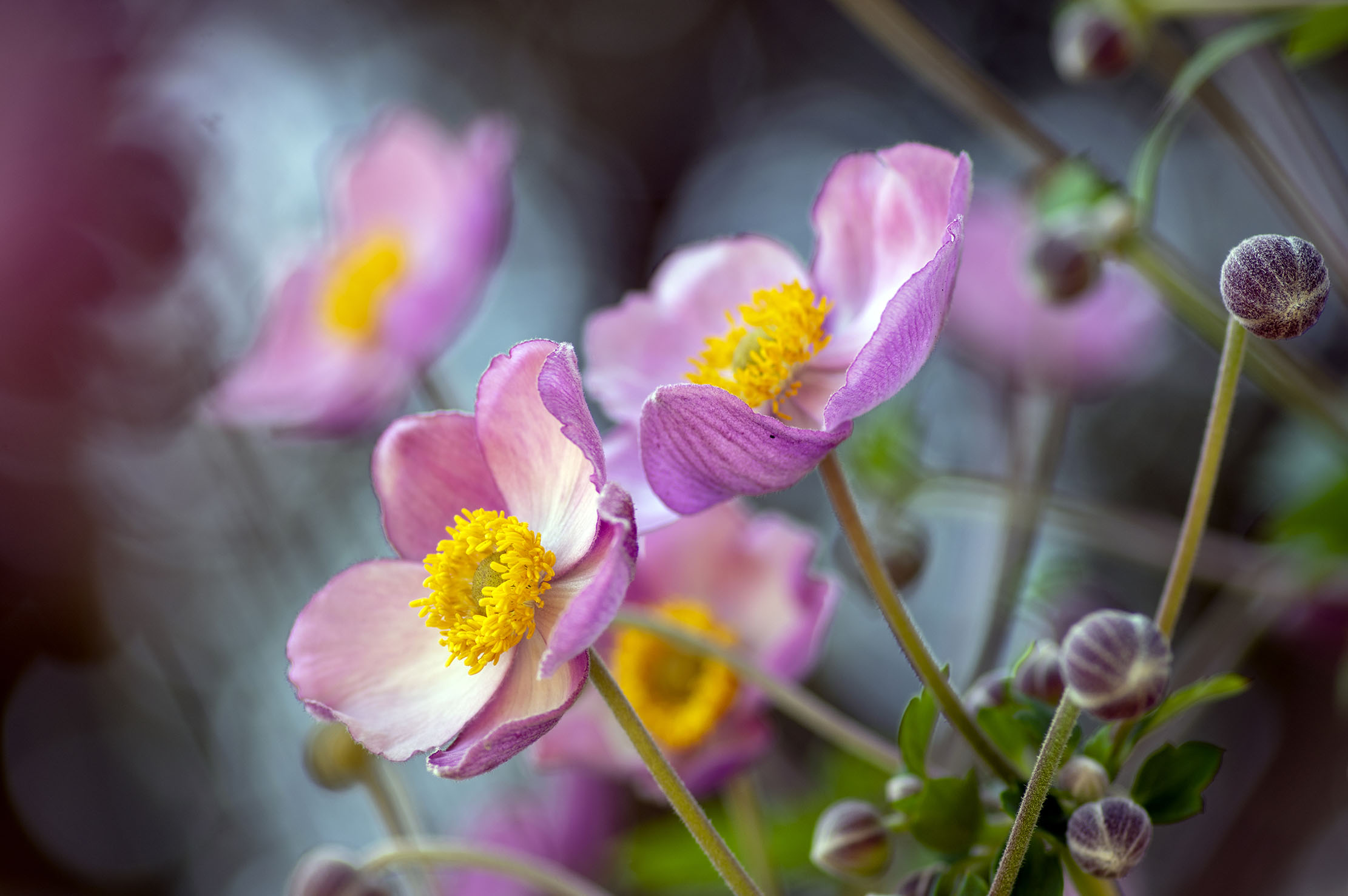
Alan Titchmarsh: 'Gardeners always think that next year will be so much better than last year; farmers always fear it will be worse'
Alan Titchmarsh on the joys of the flowers that come to our late summer gardens — and the anticipation of starting
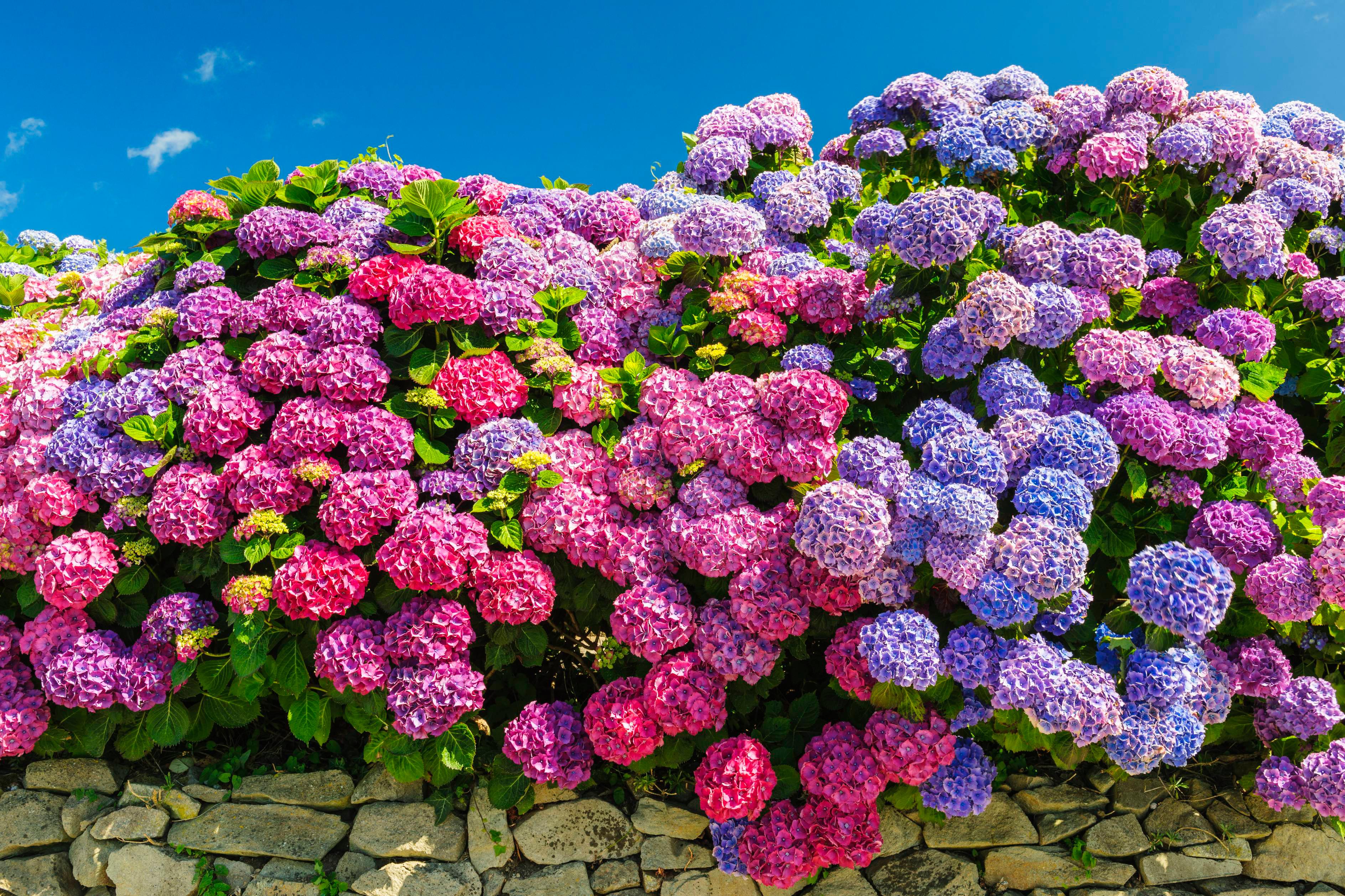
Alan Titchmarsh: Forget what the neighbours might think — it's time to end gardening's strangest taboo
We love to see flowers, to smell fresh blooms and to listen to the wind in the trees — but far
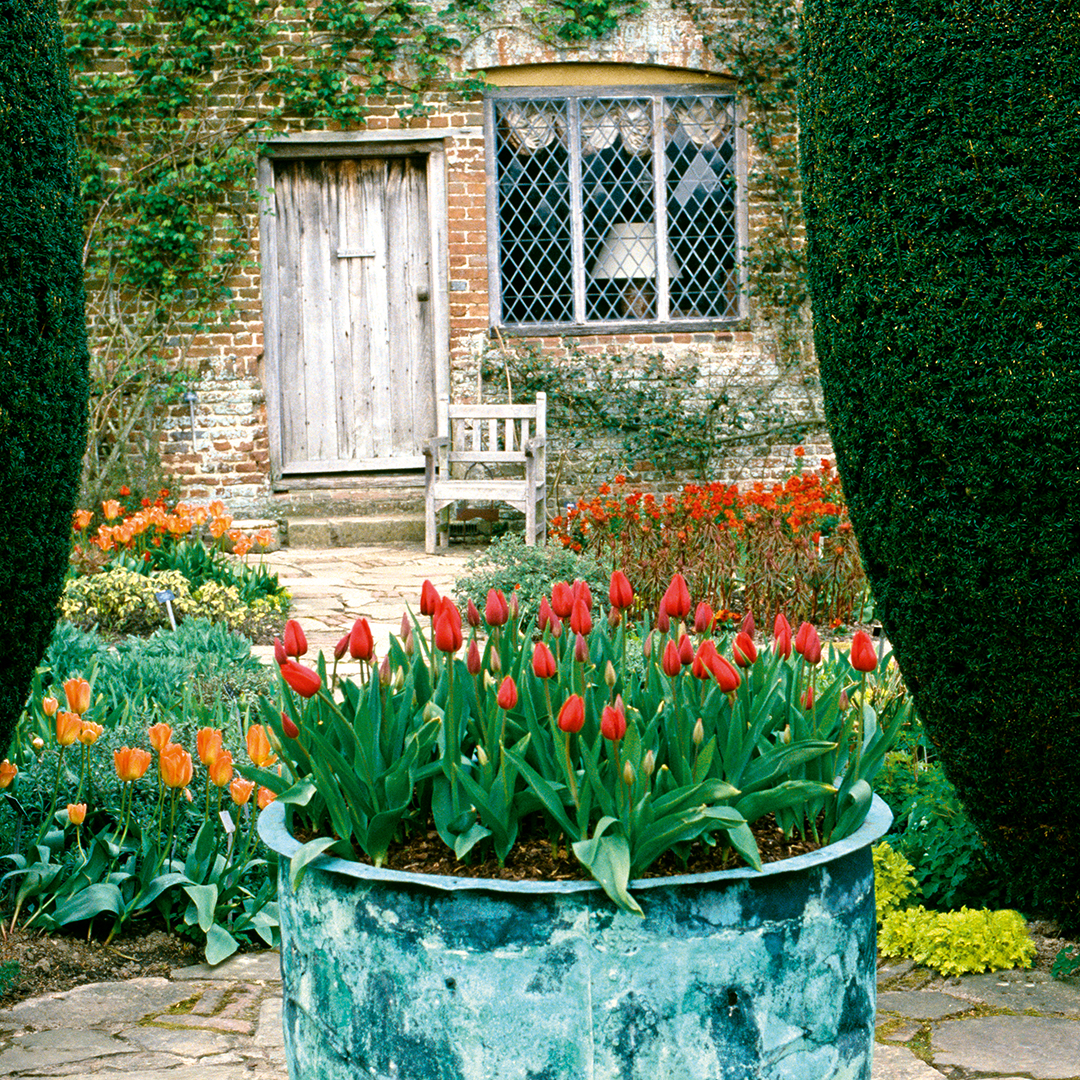
Alan Titchmarsh: The unwritten rules of choosing planters for your garden
Gardener, writer and broadcaster Alan Titchmarsh shares the secrets of what planters to buy — and what plants to put
Alan Titchmarsh is a gardener, writer, novelist and broadcaster.
-
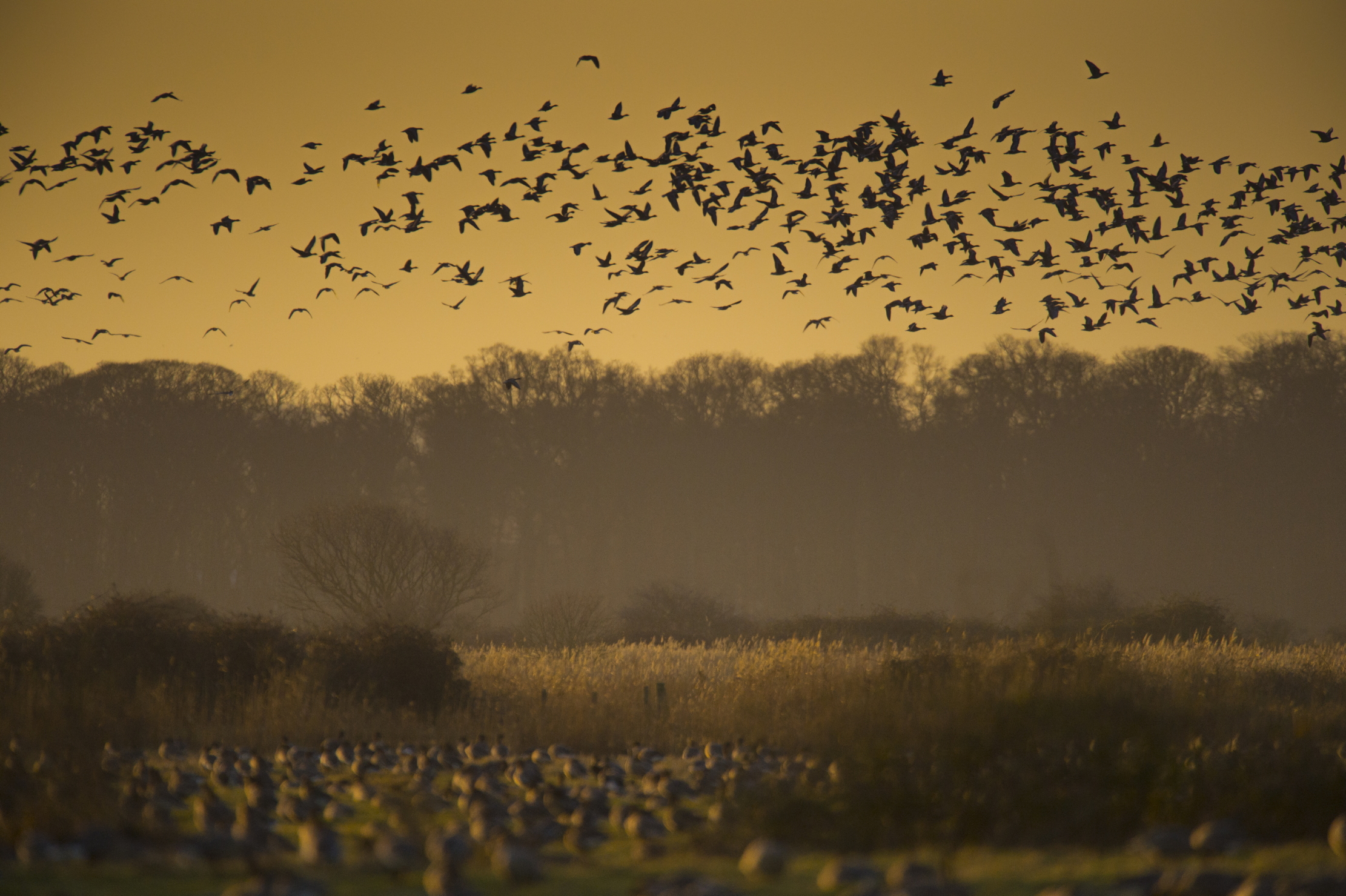 How an app can make you fall in love with nature, with Melissa Harrison
How an app can make you fall in love with nature, with Melissa HarrisonThe novelist, children's author and nature writer Melissa Harrison joins the podcast to talk about her love of the natural world and her new app, Encounter.
By James Fisher
-
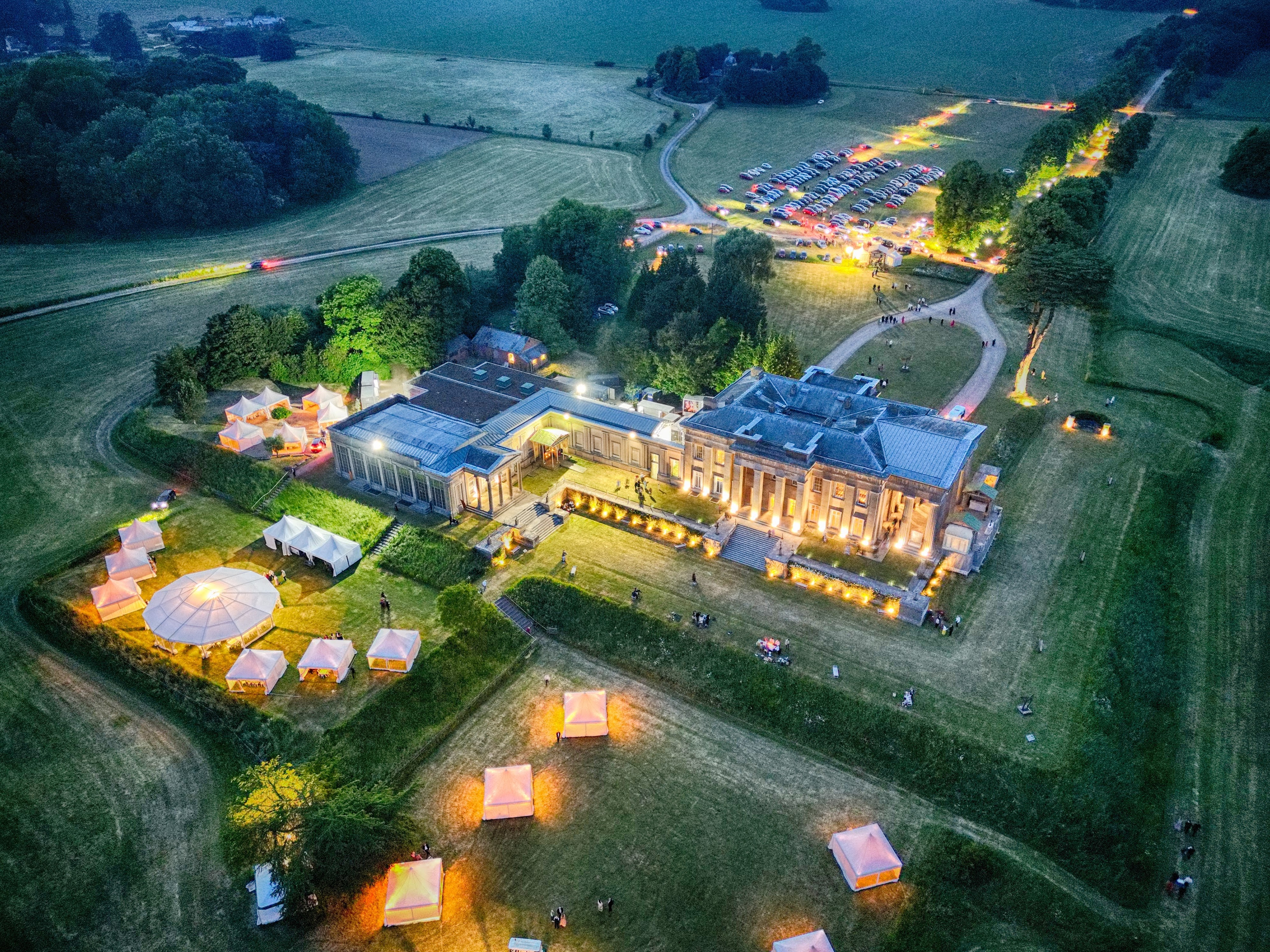 'There is nothing like it on this side of Arcadia': Hampshire's Grange Festival is making radical changes ahead of the 2025 country-house opera season
'There is nothing like it on this side of Arcadia': Hampshire's Grange Festival is making radical changes ahead of the 2025 country-house opera seasonBy Annunciata Elwes